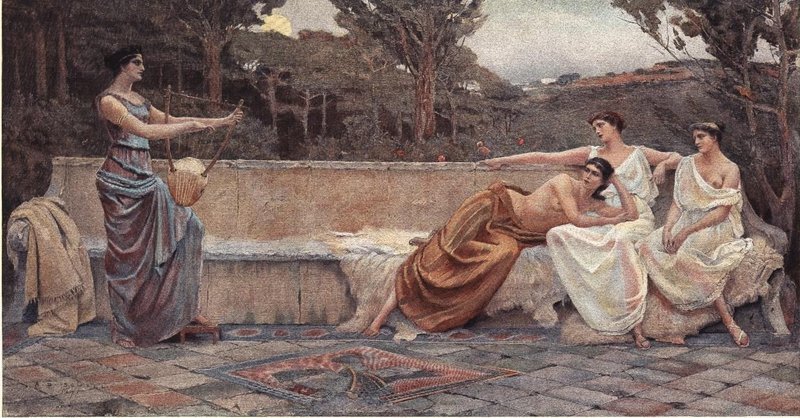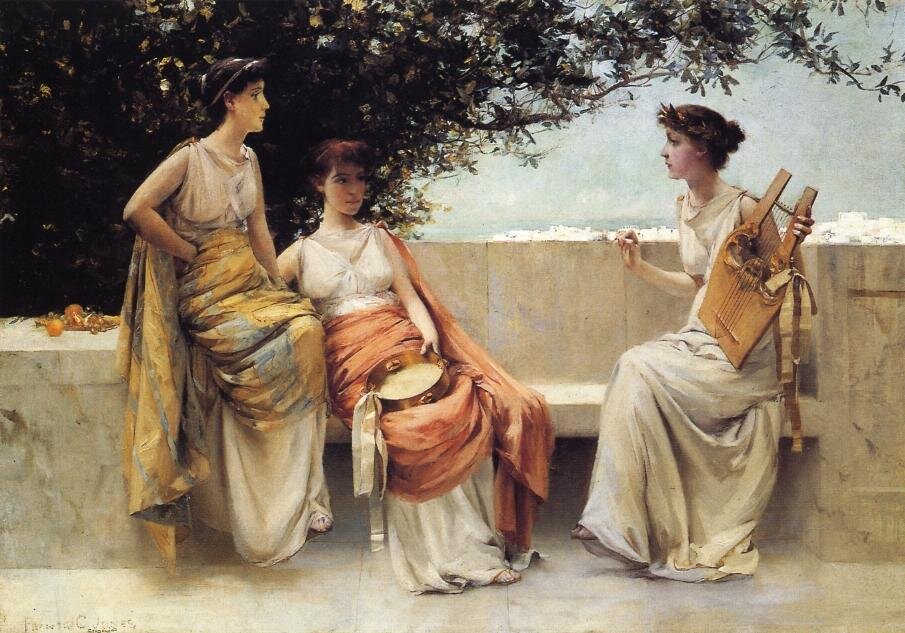29. Beyond the Rainbow: Building Queer Symbologies Before and After Gilbert Baker
/For this episode, we’re bringing you a whole bunch of history at once, for everyone’s quarantined entertainment! Presented live on Zoom, we revisted a presentation that Leigh originally gave at the GLBT Historical Society Museum about the history of queer symbols before and after the creation of the rainbow flag, and sharing some stories from folks who participated in a flag-making workshop! From 600 B.C. to right now, queer people have used hundreds of symbols to refer to themselves, find community, and create shared language. Learn about just some of them in this episode, and tell us your favorites! What symbols are your favorites? If you were to create a new queer symbol or flag, what would you do?
You can follow along listening to the episode and see the presentation side show below:
New Queer Flags!
Below are some of the amazing pieces of artwork that the participants in our flag-making workshop at the GLBT Historical Society Museum back in January created! You can hear each person describe their flag, the symbolism behind it, and what inspired them toward their designs, in the episode!
Mya Byrne, Trans Butch Pride flag:
Iris, Queers with Disabilities flag:
Sadia Thomas, Black Queer Femme Power flag:
Steve, with his “queer pacifist” flag!
Rhea Ewing and Ezra Miller, Nonbinary Love flag:
If you want to learn more about queer symbols, check out our full list of sources and further reading below!
Books
Queer x Design by Andy Campbell
Banned Plays by Dawn B. Sova
Print and Online Articles
“Pink Triangle Legacies: Holocaust Memory and International Gay Rights Activism” by Jake Newsome
Symbols of the Gay, Lesbian, Bisexual, and Transgender Movements
Violets, Bi-Angles, And Double Moons: A Guide To LGBTQ+ Symbols
Edouard Bourdet's Lesbian Play, 'The Captive', Was Certainly Captive of its Time
For more sources on Gilbert Baker and Sappho, see our notes pages for those episodes.




















